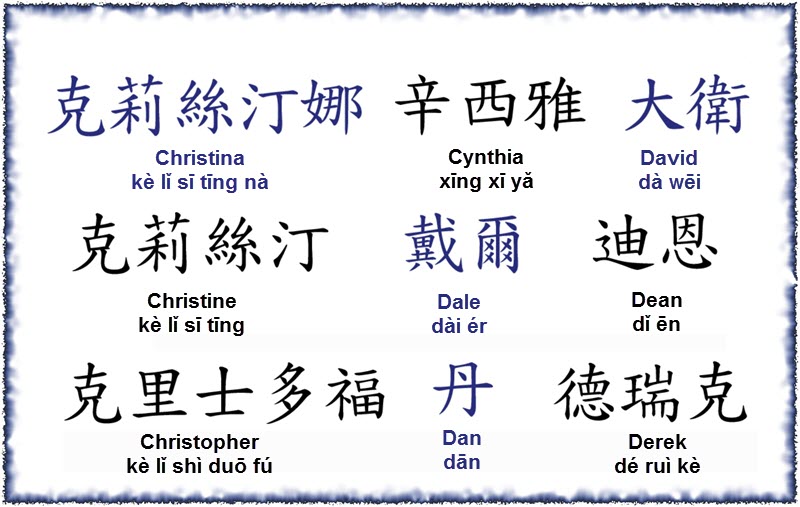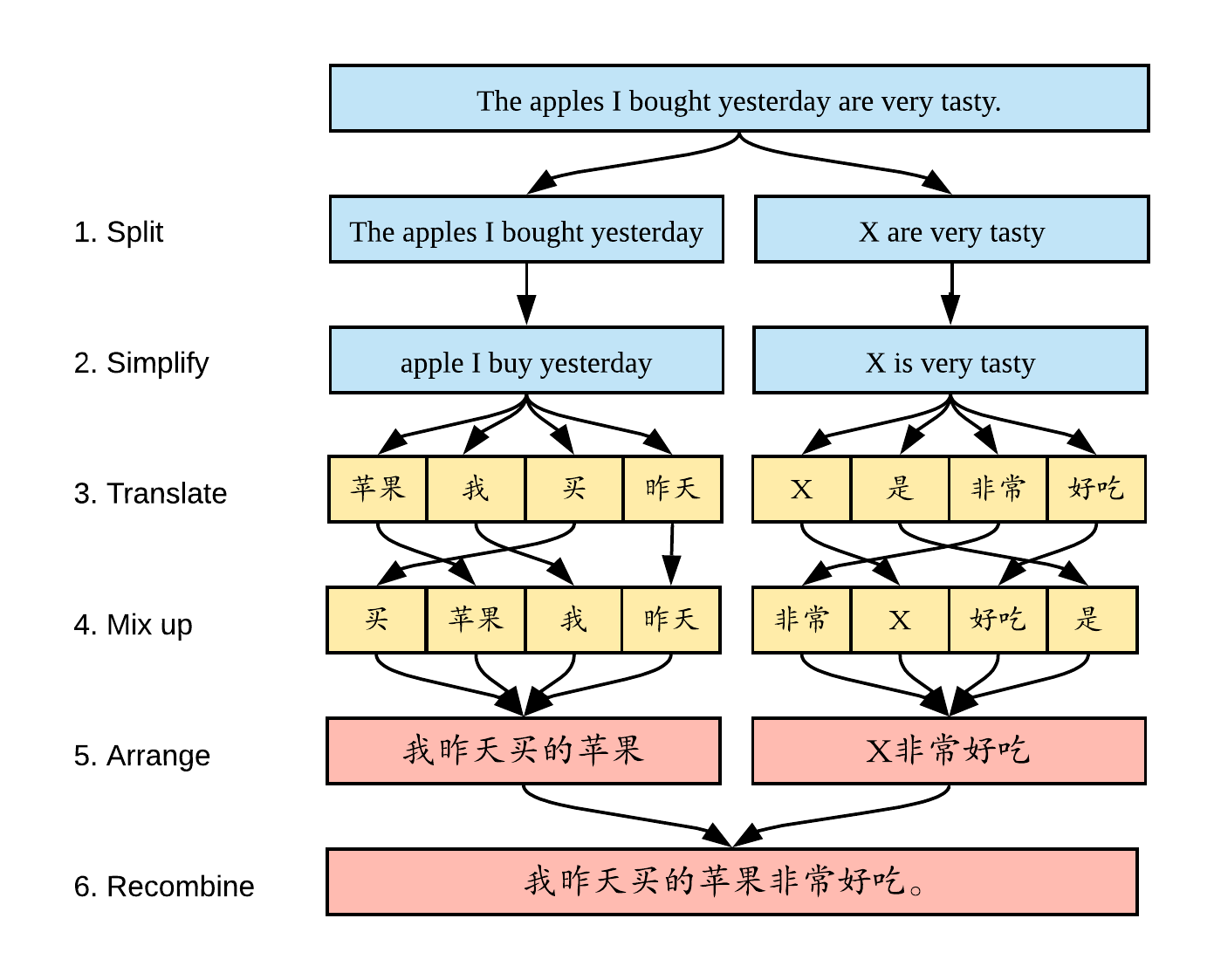Today, I wanna talk about how I tackled translating Chinese names. It wasn’t as straightforward as I thought it would be, but I got there in the end. Here’s how it all went down.
Getting Started
First off, I gathered a bunch of Chinese names that I needed to translate. I figured I should start with some common ones and then move on to the more obscure ones. I made a list in a simple text file – nothing fancy, just a list to keep track.

The Initial Approach
I initially thought I could just use some online translation tools. You know, the usual suspects. I copied some names and pasted them into these tools, but the results were a bit of a mess. Some were okay, but others were way off. It was like the tools were just picking random English words that sounded kinda similar. Not very helpful, to be honest.
Diving Deeper
So, I decided I needed a better strategy. I started reading up on the different methods for translating Chinese names. There’s the whole pinyin thing, which is the standard way to romanize Mandarin Chinese. Then there’s also Wade-Giles, which is an older system but still used in some places, especially for Taiwanese names.
- I learned that pinyin is generally the way to go for names from mainland China.
- I found out that for names from Taiwan, sometimes you need to consider the person’s preference, as they might use a different romanization.
- I realized it gets even more complicated with names from Hong Kong or other places, as they might use Cantonese romanization, which is a whole other beast.
Finding the Right Tools
After doing some digging, I stumbled upon some more specialized tools and resources. There are websites that specifically help with pinyin conversion, and they even have databases of common Chinese names and their standard translations. That was a big help.
Putting It All Together
With my newfound knowledge and tools, I went back to my list of names. I started by identifying the origin of each name – mainland China, Taiwan, Hong Kong, etc. Then, I used the appropriate method or tool to translate each one. I double-checked everything to make sure it looked right and made sense.
The End Result
It took a bit of time and effort, but I finally managed to translate all the names on my list. I felt pretty good about the results, knowing that I had done my best to be accurate and respectful of the different conventions. It was definitely a learning experience, and now I feel much more confident about translating Chinese names in the future.
Hopefully, my experience can help someone out there who is struggling to translate the Chinese names. Good luck!
